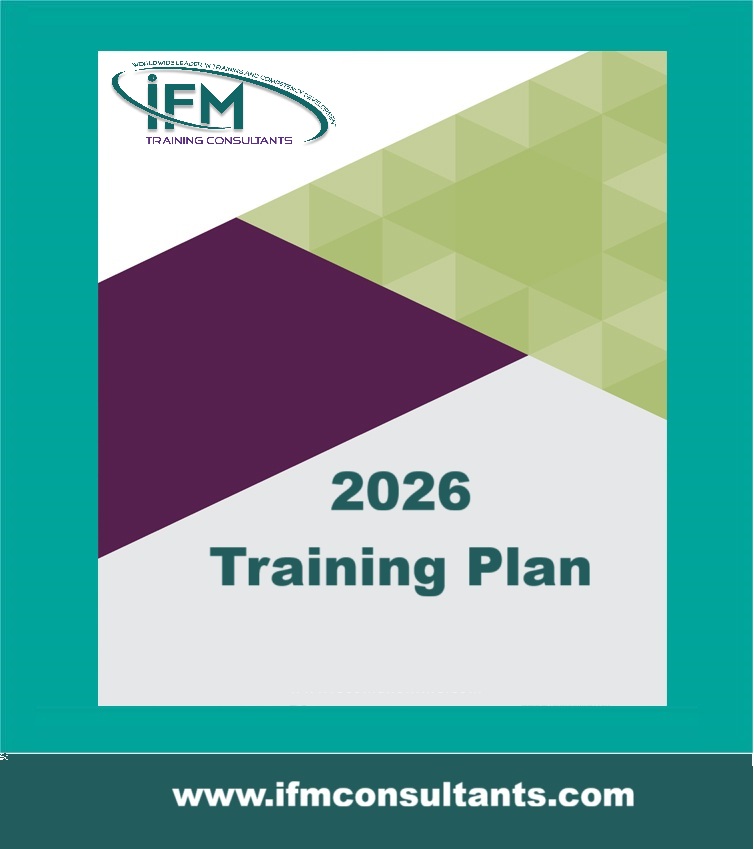Offshore Structural Analysis Computer System (SACS)
| Start Date | End Date | Venue | Fees (US $) | ||
|---|---|---|---|---|---|
| Offshore Structural Analysis Computer System (SACS) | 30 Nov 2025 | 04 Dec 2025 | Istanbul, Turkey | $ 4,500 | Register |

Offshore Structural Analysis Computer System (SACS)
| Start Date | End Date | Venue | Fees (US $) | |
|---|---|---|---|---|
| Offshore Structural Analysis Computer System (SACS) | 30 Nov 2025 | 04 Dec 2025 | Istanbul, Turkey | $ 4,500 |
Introduction
The training on the application and usage of the SACS software will be carried as per the attached proposed plan. However on confirmation of the training, the same can be altered as mutually suitable. Software access to each individual candidate will be provided by us.
Objectives
By the end of the course, participants will be able to use of the SACS software.
Training Methodology
This is an interactive course. There will be open question and answer sessions, regular group exercises and activities, videos, case studies, and presentations on best practice. Participants will have the opportunity to share with the facilitator and other participants on what works well and not so well for them, as well as work on issues from their own organizations. The online course is conducted online using MS-Teams/ClickMeeting.
Who Should Attend?
The course is intended for:
- Marine Terminal Facility Managers and Coordinators
- Terminal Superintendents, Supervisors, and Engineers
- Safety and Environmental Managers, Engineers and Officers
- Spill Management Team Members
- Transfer Supervisors
- Marine Shipping Coordinators
- Dock Maintenance Planners
Course Outline
Day 1: Determine the system capabilities & the new features of SACS & be able to explain its system configuration
- Introduction
- Fixed Platform Nomenclature
- Platform Concepts
- Analysis techniques
- Codes and Standards
- SACS Software Modules
- Module arrangement
- Global Settings
- File naming convention
- Setting up project, run files, etc..
- Precede, Data Generator and Editor
Day 2: Creating Structural models with SACS using the graphical interface and be able to demonstrate the method of creating a new model using the wizard & also inputting the Member properties.
Creating the Model
- Using Precede and Structural Wizard
- Members
- Wishbones
- Main piles
- Conductor Modeling
- Inputting Material Properties
- Plate Groups
- Local and Global Coordinate Systems
Defining the Design Parameters
- Joint Connection Design
- Define Beam Offsets
- Define Member Code Check Properties
Loading the Model
- Dead Load
- Applied Loads – Joint and Member loads
- Overrides (Member and Group)
- Simulation of non-structural elements such as anodes, walkways, stairs, etc…
- Loading the Structure (Using the Weight feature): Surface Loads, Equipment Footprint Loads, Appurtenant Structure Loads, Inertia Loading
Day 3: Understand the user-defined loading & be able to input environmental loading from waves, wind, current, etc… Define the Load Combinations. Performing the Static Inplace Analysis based on the model that has been created. Also, understand the various factors to be considered for doing the Inplace analysis.
Environmental Loading
- Wind Area Definitions
- Wind Loads
- Wave and Current Loading
- Buoyancy Loads
- Marine growth
- Hydrodynamic Coefficients
- Wave Kinematics and Current Blockage Factor
- Hydrostatic Collapse check
Preparing for Analysis
- Load Combinations
- The allowable Stress Modification factor
- Unity Check Partition Table
- Code Check &other Analysis options
- Defining Boundary Conditions
Creating Joint Can Data File
- Joint Check Options
- Joint Can File
Analysis Results
- Codes and Standards
- Analysis and review of results
- Interpretation of List files
- PostVue Files
- Viewing Results in 3D
- Member Unity Checks and Unity Check Plots
- Member Review and Redesign
- Design Review and Redesign Data Extraction and Report Preparation
Day 4: Understanding the Boundary Conditions of Soil. Creating PSI
Data File
- Soil Data Input
- Pile Design Parameters
- Super Element Simulation
- Analysis Results
- Analysis and review of results with PSI Files
Performing the Lift analysis of the Jacket & also the calculation of the COG shift & Sling Forces from the Lift analysis.
Understand about the Gap element concept for Loadout analysis. Also, understand the various steps involved in the creation of the Tow input file for Generation of Inertial acceleration loads.
- Loadout sequence
- Gap element concept
- Typical Motion Parameters
- Tow input file
- Single-stage method
- Two-stage Method
- Review of results
Day 5: Introduction to Performing the Dynamic analysis & fatigue analysis of the model that has been prepared. Also understand the various aspects of Dynamic & Fatigue analysis like Added Mass, SCF, Wave Scatter Data, Cyclic Stresses, etc.
- Super Element Simulation
- Mass Modeling
- Added Mass and entrapped fluid
- Dynamic Analysis
- Review of results
- Wave Scatter Data
- Wave Load specification
- SCF and S-N Curves
- Generation of Cyclic Stresses
- Fatigue Damage Calculations
- Deterministic Analysis
- Spectral Representation of sea state
- Wave Selection
- Transfer Function Generation
- Cyclic Stresses Generation
- Spectral fatigue analysis

















